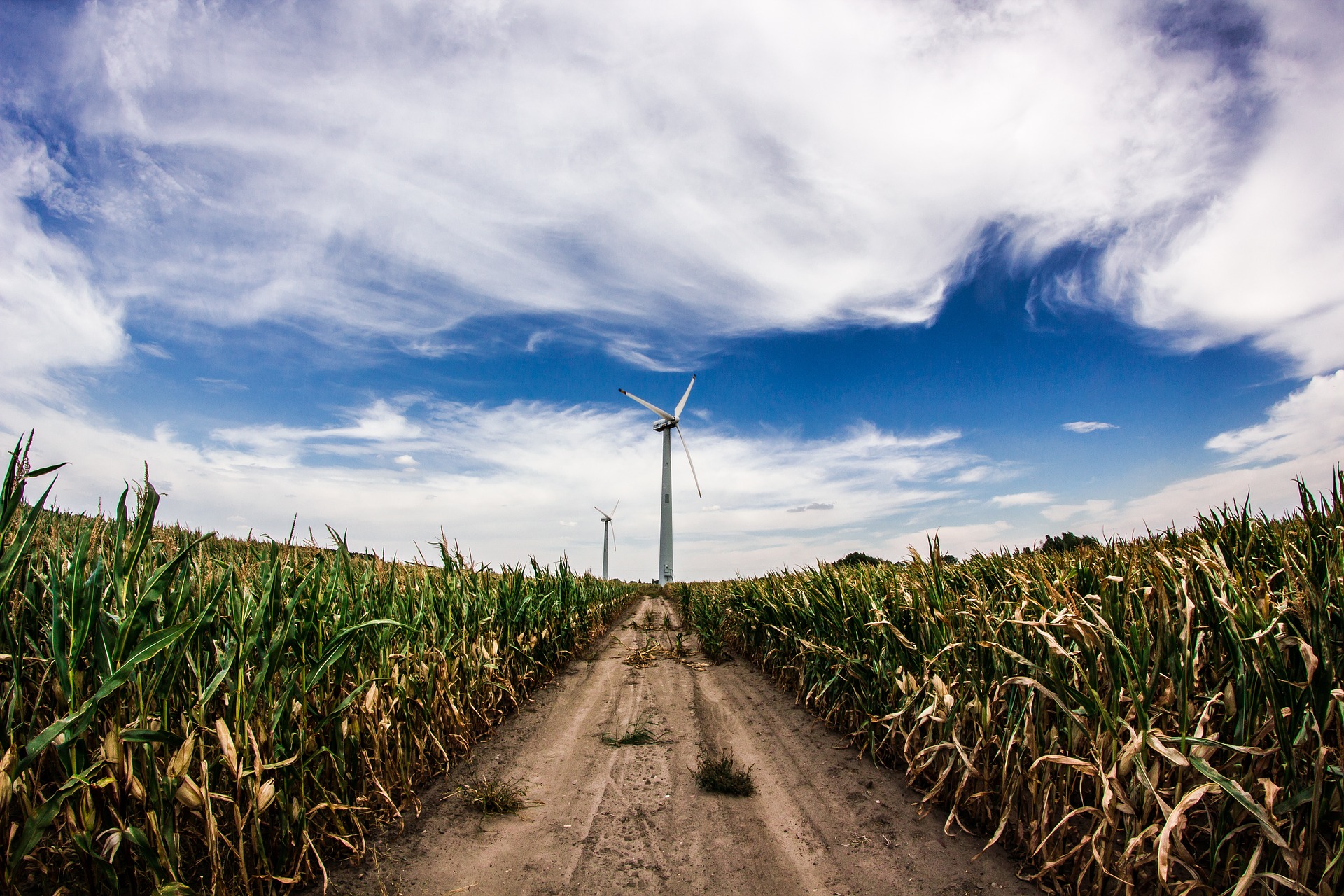Introduction:
In a broad spectrum of vertical and horizontal poles, wind turbines are produced. The lowest turbines are used for apps such as loading batteries on ships or caravans for power supplies or alarm indications for electricity congestion. Larger turbines can be used to make national energy supplies when the surplus energy is sold via the electricity grid to the energy provider. The varieties of big generators, recognized as wind farms, are progressively being used by many nations as suppliers of continuous renewable electricity as a portion of a fossil-fuel reduction approach.
Types of Wind Turbines:
- Turbines From Horizontal Axis: Wind motors from the horizontal axis are what many individuals believe about wind turbines. The turbine pivots on the edge of the towers so that the wheels look into the wind. They most often have three propellers and are “upwind.”
- Turbines With A Vertical Axis: vertical wind motors are available in several variants, including the Darrius egg beater style, dubbed after its French inventor. These turbines are all-round, which means that they don’t have to be adapted to winds.
Sizes of Wind Turbines:
Wind turbines range in size from 100 kilowatts to 2 megawatts. Larger wind turbines are more cost-effective, and wind farms provide more power to the electrical grid.
Offshore wind turbines are larger, generate more power due to wind speed, tend to be steadier, and do not have the same transportation challenges as land-based wind installations.
Site Selection:
Identify the wind category for onshore wind initiatives and whether it is consistent with cutting velocity and ideal grid velocity for the suggested solar turbine. It should also be evaluated whether close barriers trigger turbulence to interrupt airflow into the location and decrease the turbine’s lifetime. As sector thumbing principle: if a turbine is not more than half as large as the barrier, the range between a Turbine and the closest barrier must be at minimum half the turbine’s height. It is essential to remember that places like the edge of a mountain or inside a canyon are not excellent places for a power turbine while it may seem apparent.
In large open fields, the best locations in terms of wind resources are typically high on high altitudes. It is also important to consider the level of site and wind speed on the proposed site. Offshore wind turbines can experience a high wind shear, so the design is important to do a layout that can handle the extreme wind shear.
The site selected for wind farm development needs to have many positive features, including:
- Road Access Available To Sites
- Low Population Density Around The Wind Turbine Farms
- None Agriculture Sites
- Close To The Electrical Power Stations and Electrical Grid
- None Tourism Sites
Technical Consideration In Site Selection:
Wind Speed: The viability of wind power at a particular location relies on the wind speed at the height to be placed at. Any layout choices must be focused on the median wind speed at the chosen building site.
Land Topography & Geology: Wind farms usually require big areas. The plant placing and distances in the solar plant are determined by the topography and current weather circumstances. At least 2600-6000 m2/MW may be needed in plain regions where the air stream is not interfering. Wind generators are generally located in fields with a pitch less than 10-20%
Grid Structure & Distance: Due to unexpected variations in wind power production, the link of wind turbines to the system can influence production and power quality reliability.
Turbine Size: One of the main variables that influence annual energy production is the required height for the turbine’s assembly above the floor. The turbine’s volume is linked to the production of energy since the larger the turbine, the greater the wind.
Land Cost: The primary financial variable in location choice is the price of the wind farms property; the property’s price relies mainly on the region, soil, and range from the area.
Land Use: Terrestrial use impacts the choice of a two-way wind farm. Firstly, some instances do not allow wind farms to build, although adequate wind speed has been identified. These instances relate primarily to property use or situation. Land associated restrictions include woodland areas, humidifies, elevated production land, archeological remains, aviation areas, military areas, etc.
Article by Salah M. Al for Epistle News



